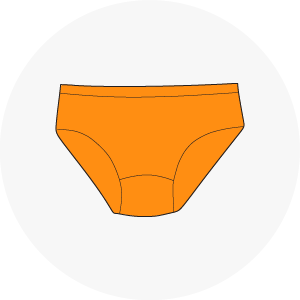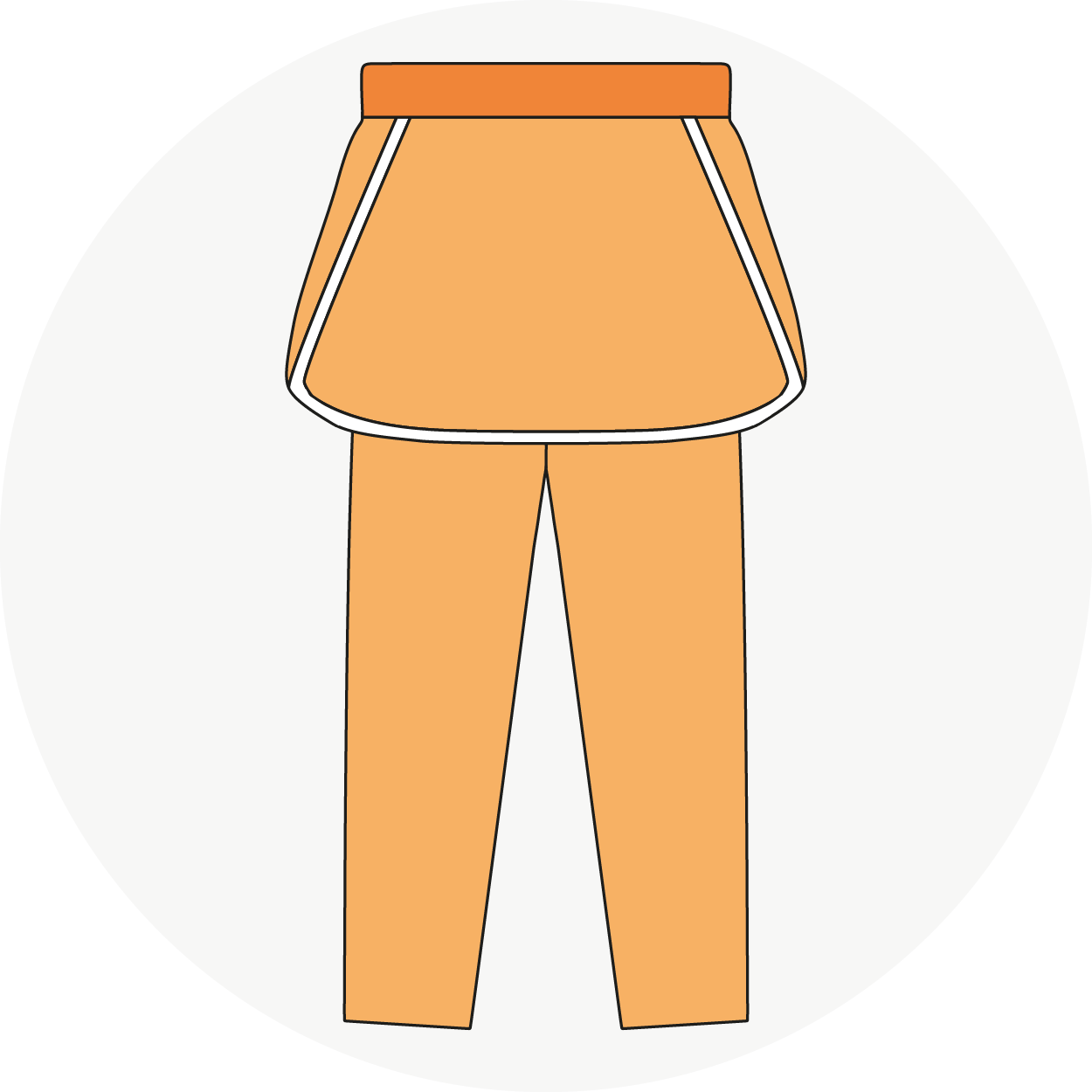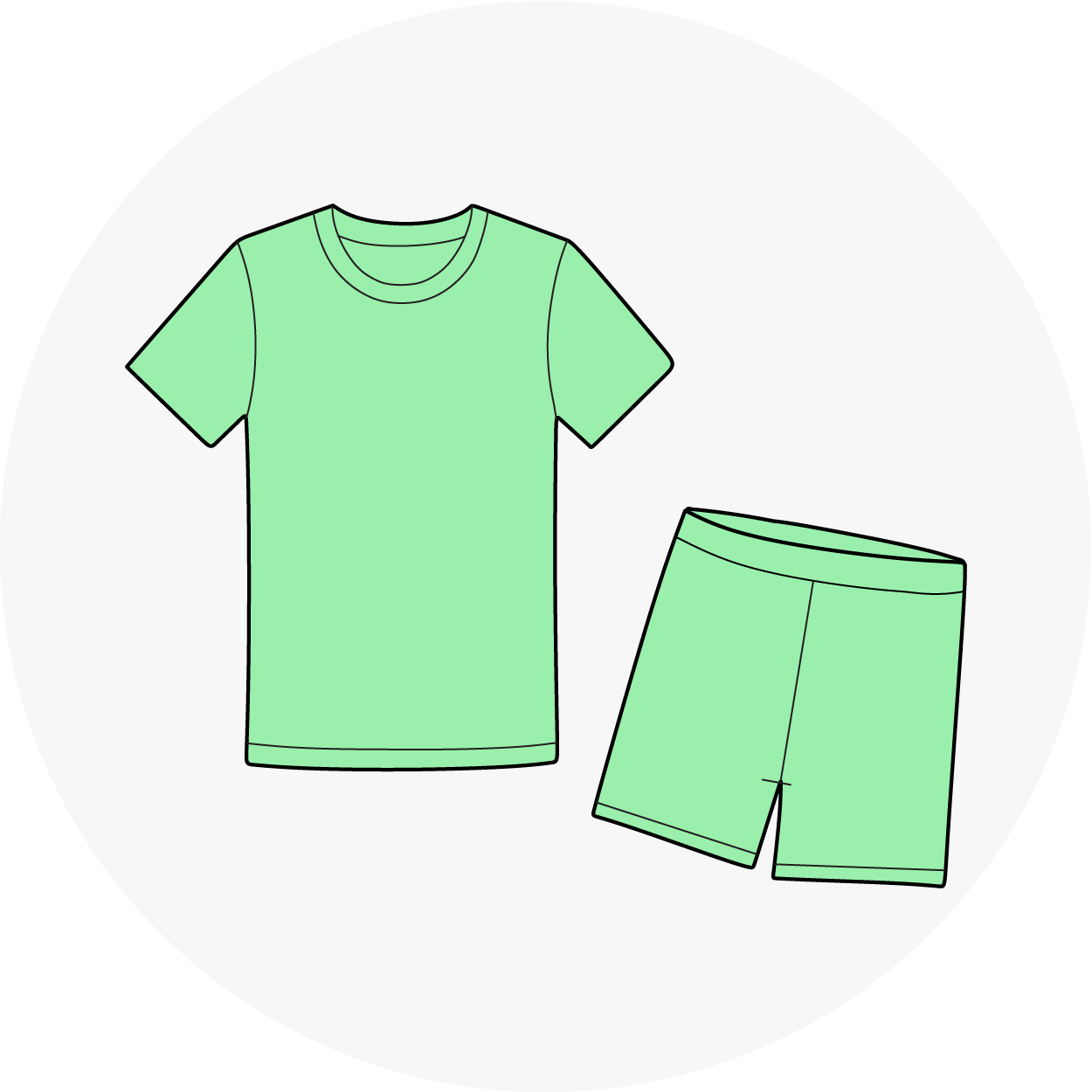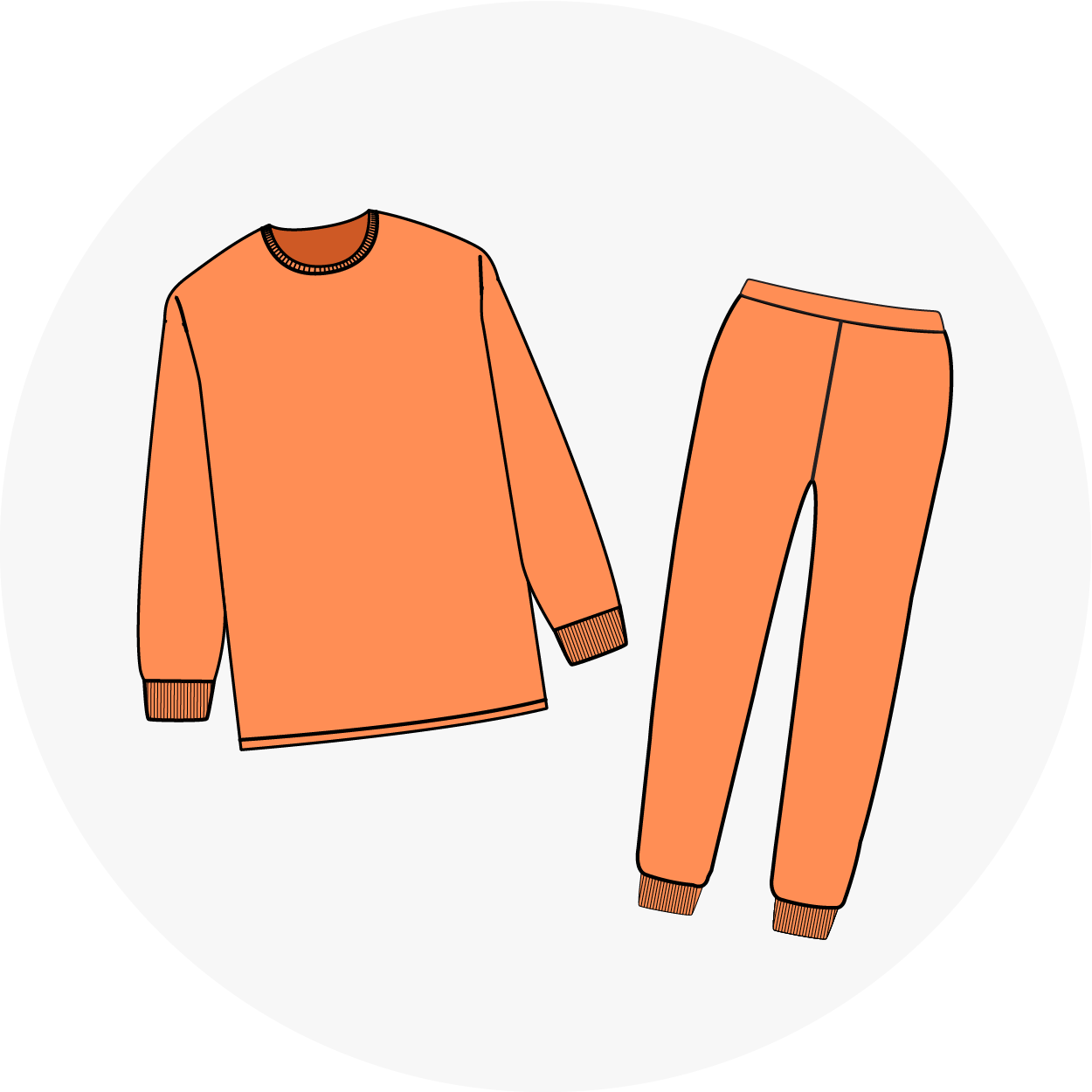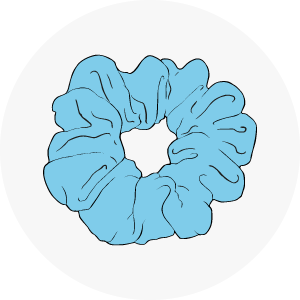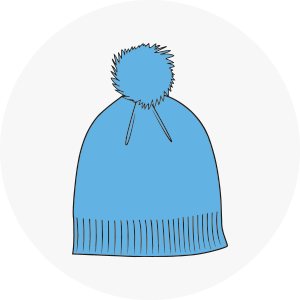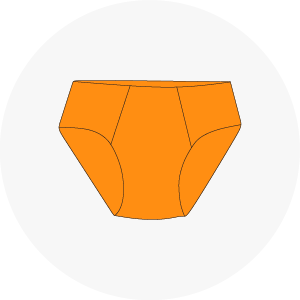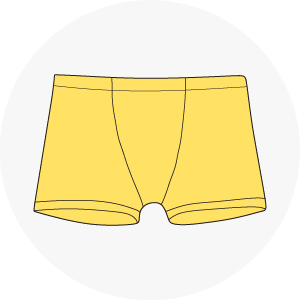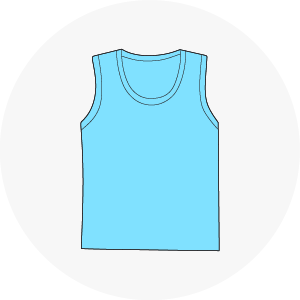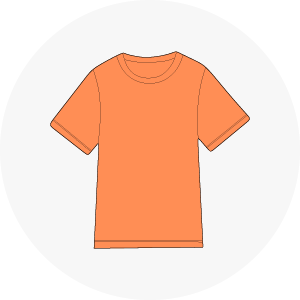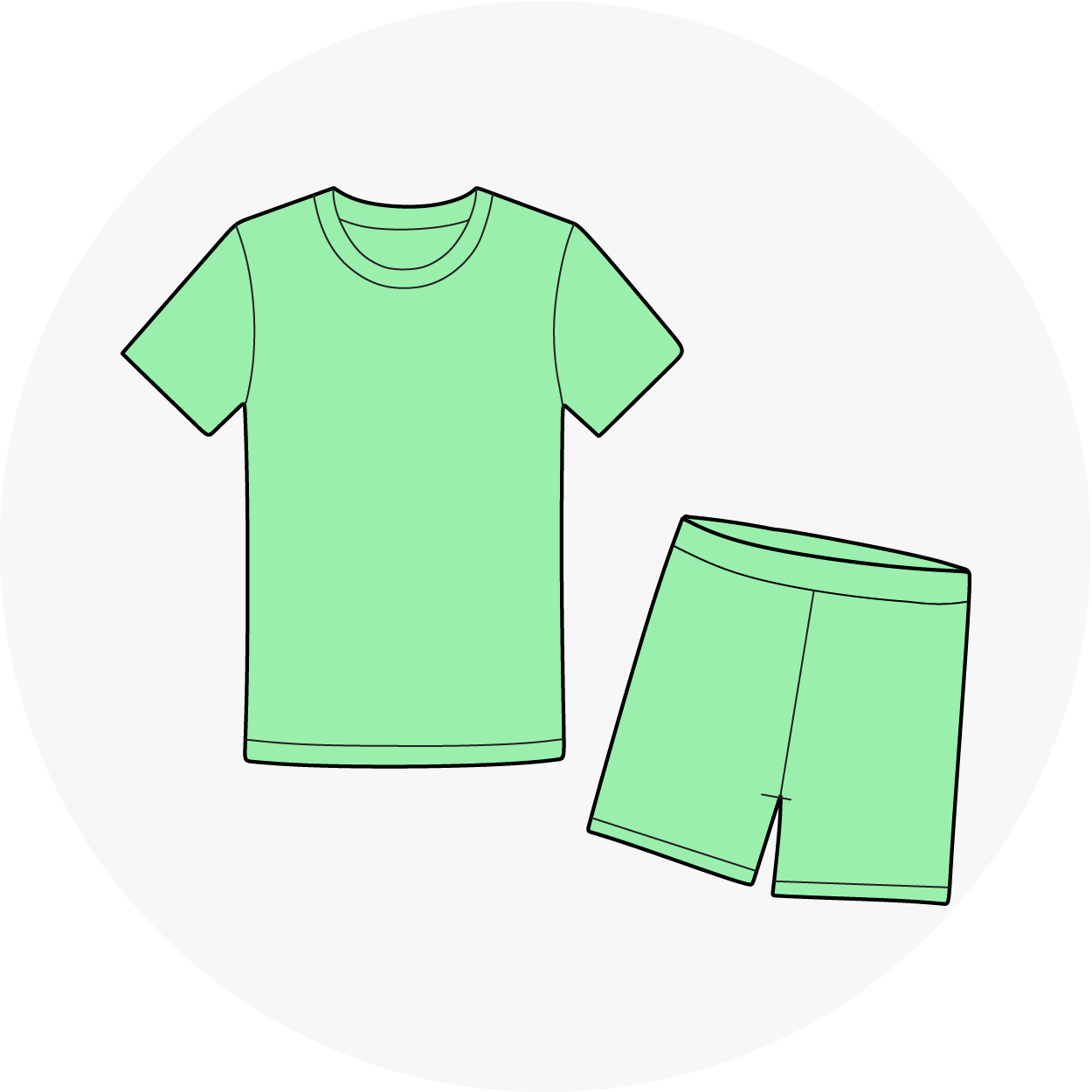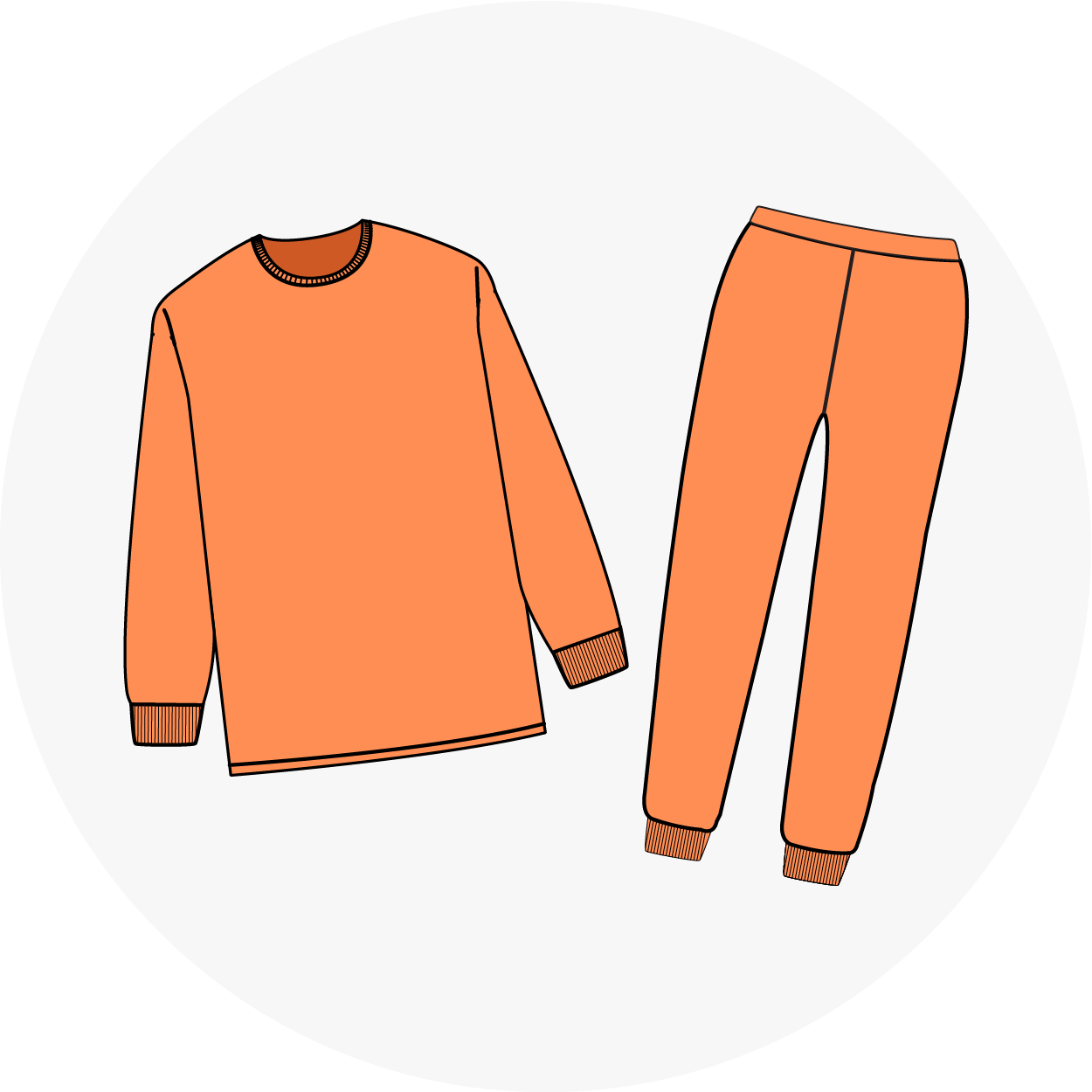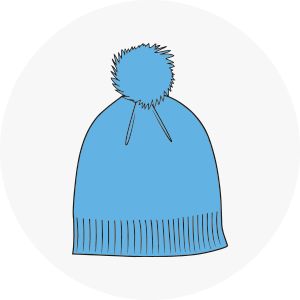
How To Teach Kids About Private Parts: A Parents’ Guide
Talking to your young child about their private parts isn’t easy. It's natural to feel unsure and even nervous as a parent when broaching this tricky topic. However, having age-appropriate conversations on the topic is essential to teach your kid about body autonomy and possibly even protect them from sexual abuse. If you’re wondering how to teach kids about private parts, Plan B’s helpful guide gives you practical tips to bring up the topic. The guide covers teaching body safety to kids, age-appropriate language choices, and how to make them feel comfortable with the sensitive topic.
Why Talking About Private Parts Matters

Teaching kids about private parts is a crucial step a parent can take to ensure their long-term safety. It can also protect your kid against misinformation. If you’re considering delving into this topic with your kid, the following reasons will give you the confidence to start.
-
Builds trust and confidence: As a parent, you want your kid to feel confident sharing nearly anything with you. Teaching children about private parts in the right way will build trust between them and you. They will feel secure to share their doubts, feelings, and even related experiences with you, which is crucial for every parent.
-
Reduces stigma and shame: By discussing kids' private parts with them, you are not only fulfilling a child's curiosity but also alleviating any shame or stigma they might feel about their own body.
-
Teaches them body awareness and safety: It is key that your kids know the difference between safe and unsafe touch. Your talking about their private parts and teaching them to distinguish between different types of touches, enables them to sense danger.
-
Prepares them for puberty: Puberty is an inescapable milestone for every kid. However, their bodily changes during this time can shock and scare some children. Parents having an open conversation about private body parts prepares kids for the inevitable.
-
Prevents misinformation from media or peers: It's not uncommon for children to spread false or misguided information about genitals and private parts. They are often uninformed and parrot what they hear in the media and from other kids around them. You teaching children about private parts and body safety fortifies them against misinformation.
While it is important to discuss private parts and body safety with kids, they also learn a lot from your own actions. Hence, align yourself with brands that support child safety with your purchases. Plan B is a leading brand for children’s undergarments that help them through puberty. Our products, like confidence-boosting training bras to comfort-giving girl camisoles, show how much your child’s comfort and confidence matter to us.
If you’re wondering when should I buy my daughter a training bra, we have got the answer for you.
When and How to Start the Conversation
As per experts, it is appropriate to start talking about your kids’ private parts with them as early as their toddler years. Children’s natural curiosity about their body parts starts developing around age 3. Hence, it is the right time to start having age-appropriate conversations. Wondering how to teach children about private parts? Below are a few ways to broach the topic and get your kids up to speed.
-
Toddlers (1 to 3 years old): It's common for parents to use nicknames and code words when talking to kids about their genitalia. However, experts believe using the right scientific terms, like penis and vagina, is a better strategy. Using clear names saves kids from any confusion that nicknames may cause when dealing with the topic outside of their homes.
-
Early school years: This is an ideal time to explain to kids about privacy and safe touch. It's key to explain to them that mom and dad will, at times, use their private parts for wiping and cleaning. Your kid needs to know that their private parts should only be touched under the above circumstances.
-
Pre-teens: This is the perfect time for teaching body safety related to your kids’ private parts. As your kid starts making more friends, teaching children body safety and body autonomy is important. Teach them that any untoward touch from a friend, a stranger, or any other person should invite caution on their part.
When it comes to teaching children about privates, it's small repeated reminders and talks that help more than one big conversation.
Choosing the Right Words
Nicknames and codewords such as pee-pee, fanny, and even cookie are used interchangeably for penis, vaginas, and even buttocks for informing kids about private parts. Some families opt for it out of cultural reasons. However, nicknames can often confuse kids outside of their homes, especially when it comes to body safety.
This is the sole reason accurate language and correct words matter.
-
Use proper anatomical names: Pediatric experts reveal that the correct words empower your young child with anatomical knowledge and reduce the risk of sexual or child abuse. A clear example of this is a kid who can say “someone touched my penis,” which can help adults understand a situation and react quickly, instead of a kid who isn’t equipped with the right phrases and words. Per experts, abusers are less likely to target kids who have better knowledge of their anatomy.
-
Explain kids’ private parts simply to them: The topic of body parts doesn’t need to be complicated for kids. Put it simply. Explain to them that private parts are the ones that are covered by underwear. That they should only take off their underwear and expose their private parts while bathing, peeing, or during potty time.
-
Teach them to deal with their private parts independently: Depending on their young age, it's also key to teach your kids to take off and put on their underwear themselves. The sooner a kid can do so, the sooner they can avoid having to expose themselves in front of others.
Slang for private body parts can often trivialise the topic and create confusion about personal safety.
Teaching Safety and Boundaries
Teaching about private parts protects kids from unsafe situations. However, there are more ways for you to help them stay safe.
-
Teach children the difference between safe and unsafe touch: A popular Safe and Unsafe Touches Lessons guide reveals that it's important to teach your kids what safe touches mean. Hugging, pats on the back, and high-fives are safe touches. On the other hand, hurting someone by kicking, pushing, etc, is unsafe touch, including touching someone’s private parts. They should also know that it's “not okay” to touch others' private parts or for someone else to touch their own privates in front of you or others.
-
Teach them to say “NO” to unwanted touches: Discuss body safety and how to avoid unwanted touches. Teach your kid that it's okay to say no to even “hugging” and “handshakes” if they aren’t feeling safe around someone.
-
Introduce the “No, Go, Tell” rule: The NSPCC – PANTS Campaign helps kids understand this better. Teach kids that their body parts belong to them. If they feel uncomfortable with any kind of touch, they should immediately reach out to you or a trusted adult, such as a teacher or counsellor, when they are at school.
Encourage your kids to share with you or a safe adult if someone breaks their boundaries.
Disclaimer: Consult a paediatrician or child safety expert in extreme cases.
Building Confidence and Respect
Teaching kids about private parts is as much about confidence and respect as it is about safety. Your conversations with your children should promote the following things:
-
Body positivity: Your kids should not feel ashamed or scared of their privates. If that is the case after your conversation, you may have to rethink your strategy. They should feel more confident to speak about their body.
-
Respect for other people’s privacy: These conversations don’t just help your kid to stay safe but also teach them to make other people feel comfortable by respecting their privacy.
-
Confidence in handling their body: Your kids will handle their bodies well in public situations like changing during swimming classes, etc, if you do this.
Practical Tools and Resources for Parents
We’ve curated some resources you can trust.. The following practical tools and guides will hold your hand through the process as a parent.
-
UNICEF’s Boss of My Body: An illustrated guidebook to talk to kids about safe and unsafe touches.
-
Prepare your own handy script of common questions: You can do it on the notes app on your phone, or by hand. List down the most common questions like “Why can’t everyone see my privates,” “Why do I have to wipe/clean there,” etc. This way, you are better prepared with appropriate answers.
-
Follow kidsonalert.com, unicef.org/parenting, cdc.gov, and more similar resources to find answers to your parenting questions.
-
Engage in role play exercises with your kid, posing as a stranger, etc, to teach them the right way to handle situations.
Gentle Guidance for Lifelong Safety
Teaching your little ones about private parts and safety is key to a healthy upbringing. It's not a one-time talk but a series of ongoing conversations that include your kid asking you uncomfortable questions.
This one step will make your kids better prepared for puberty and even protect them from sexual abuse.
Don’t hesitate to get your kids the right support depending on their age. This is where Plan B products like padded underwear, preteen girls' underwear, beginner's bra, and more come into the picture. Get your kids Plan B child-friendly products to bring comfort and confidence in their lives.
FAQs
How to teach a child about private parts without making them feel embarrassed?
-
Use the appropriate scientific terms for their privates depending on the child's age. Have repeated conversations where you indulge children’s natural curiosity about the topic and answer their questions honestly.
What is the right age for teaching kids about private parts and body safety?
-
You can begin indulging in the kids' private parts conversation and teaching body safety in an age-appropriate way from the time they are toddlers.
What language works best when introducing kids' private parts conversations?
-
Use of proper scientific words like Penis, Vagina, Buttocks, etc, is better than nicknames to make kids more comfortable talking about the topic. Teach them that these aren’t bad words.
How do I continue conversations about private parts as my child grows?
-
Teach your kids about safe and unsafe touch in their early school years, and more about saying “No” and refusing unwanted touches as preteens.



















